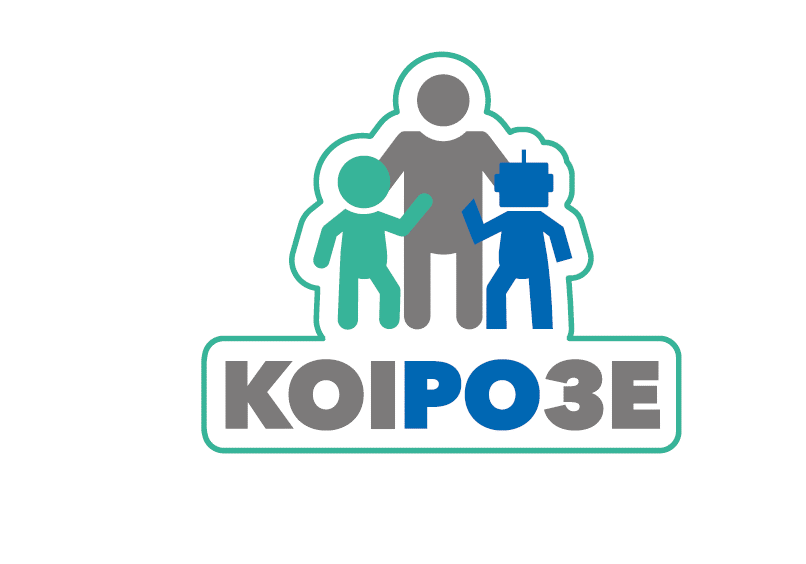
Results
This project will methodically introduce social robots to the SEaT (Special Education and Training) with the aim of developing specially designed educational intervention programs as innovative tools in the Greek SEaT. In addition, it will implement social robots in the SEaT in addition to autism in selected cases of LD (Learning Disabilities) such as dyslexia, etc. It is also proposed the development of alternative Information and Communication Technologies (ICT) for the purpose of scaling up the cost of supporting the Hellenic SEaT. Finally, this project will provide social robots, as well as supportive technologies, “intelligence” capable of interacting, to some extent, with the end users themselves (see children with disabilities (Special Educational Needs)). The applications that will be developed will be easily expandable to alternative social robots. In other words, the social robots that will be used in this project will not be binding. The proposed technologies will be developed in such a way that they can be extended to other spoken languages, in addition to Greek, in order to methodize multiplier benefits through the expansion of possible business activity beyond the Greek borders.
In the aforementioned context, the role of existing human (scientific and other) potential in the SEaT is expected to be upgraded and made more creative by overseeing and directing the educational process, while social robots will be used as tools / assistants. In addition, a more cost-effective approach to meeting social needs based on social robots is expected to be achieved. In the long run, new jobs are expected to be created through the systematic dissemination of project results in order to attract investment interest for the establishment of a development company and continuous improvement of social robot applications both for uninterrupted support of Greek SEaT needs and competitive exports. In fact, the new jobs that are expected to be created will not only be for technologists / engineers, but also for a variety of other specialties such as teachers, educators, psychologists, speech therapists, occupational therapists, etc. because the study / development / maintenance and continuous improvement of social robots in the SEaT requires the synergy of many different specialties. In addition, the introduction of social robots in the SEaT is expected to reduce the cost of special education, which in turn will increase the demand for SEaT services and thus create new jobs.
The proposed technologies are of high added value due to (a) the completion (see assembly) of a social robot with electronic sensors, and (b) the intelligent support software that drives a social robot and gives it the ability to act at least as effectively. as much as a specialist scientist. It should be noted that none of the existing social robots have all the capabilities that this project proposes and especially in terms of “intelligence”. In the opinion of the special partners of this proposal, there is no device with the characteristics of the proposed technologies.
The know-how that will be developed in this project may in the future be extended to a (a) less “structured environment”, e.g. in complex games, (b) the use of abstract concepts (such as the concept of “Gestalt” from psychology [9]), (c) modern educational processes, e.g. using virtual reality, etc. In addition, collaborative groups from social robots could be used for implementation beyond the SEaT, e.g. in the “lifelong education” of the general population, for the training of executives, for the provision of various services, for entertainment, etc.
